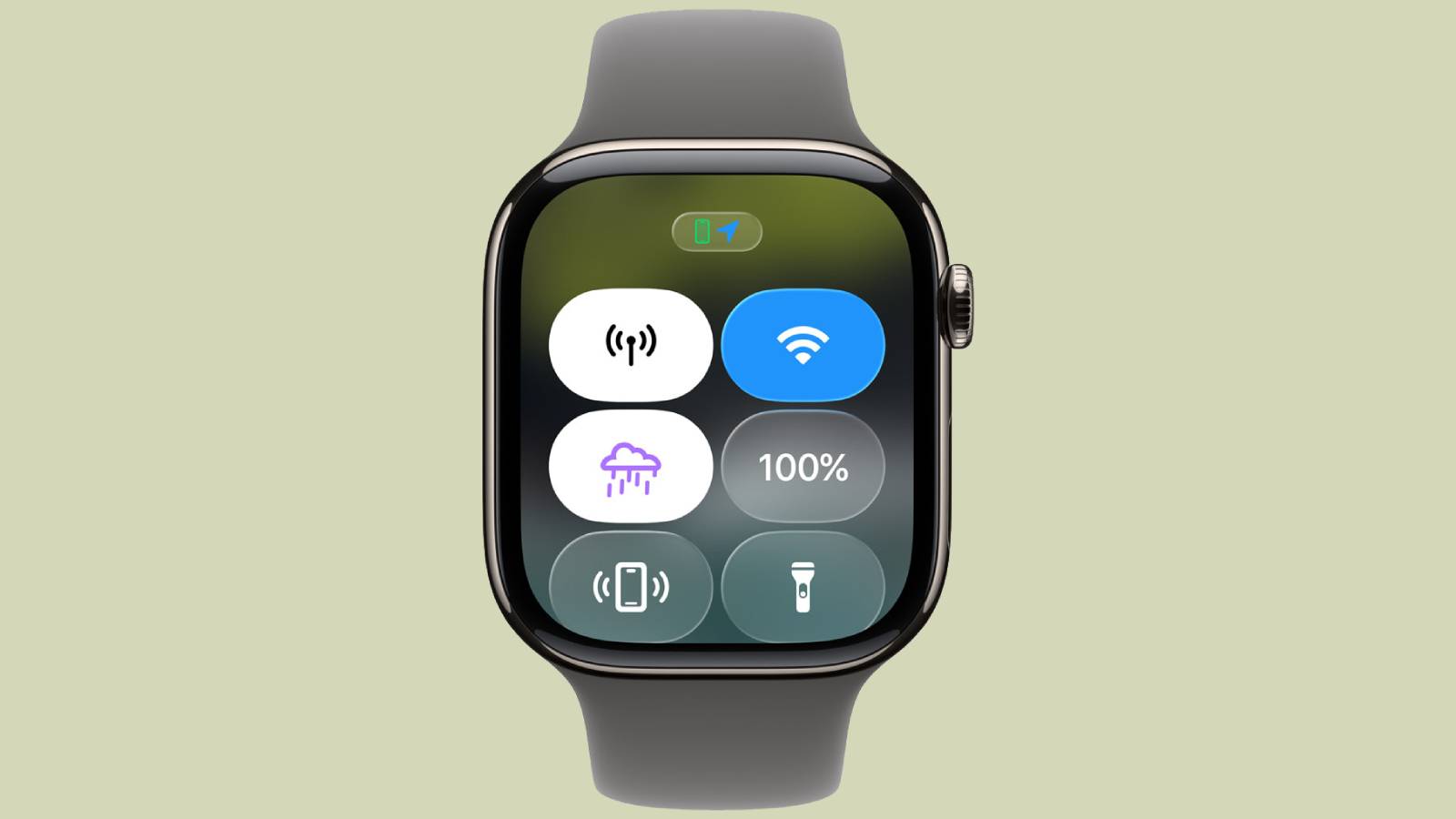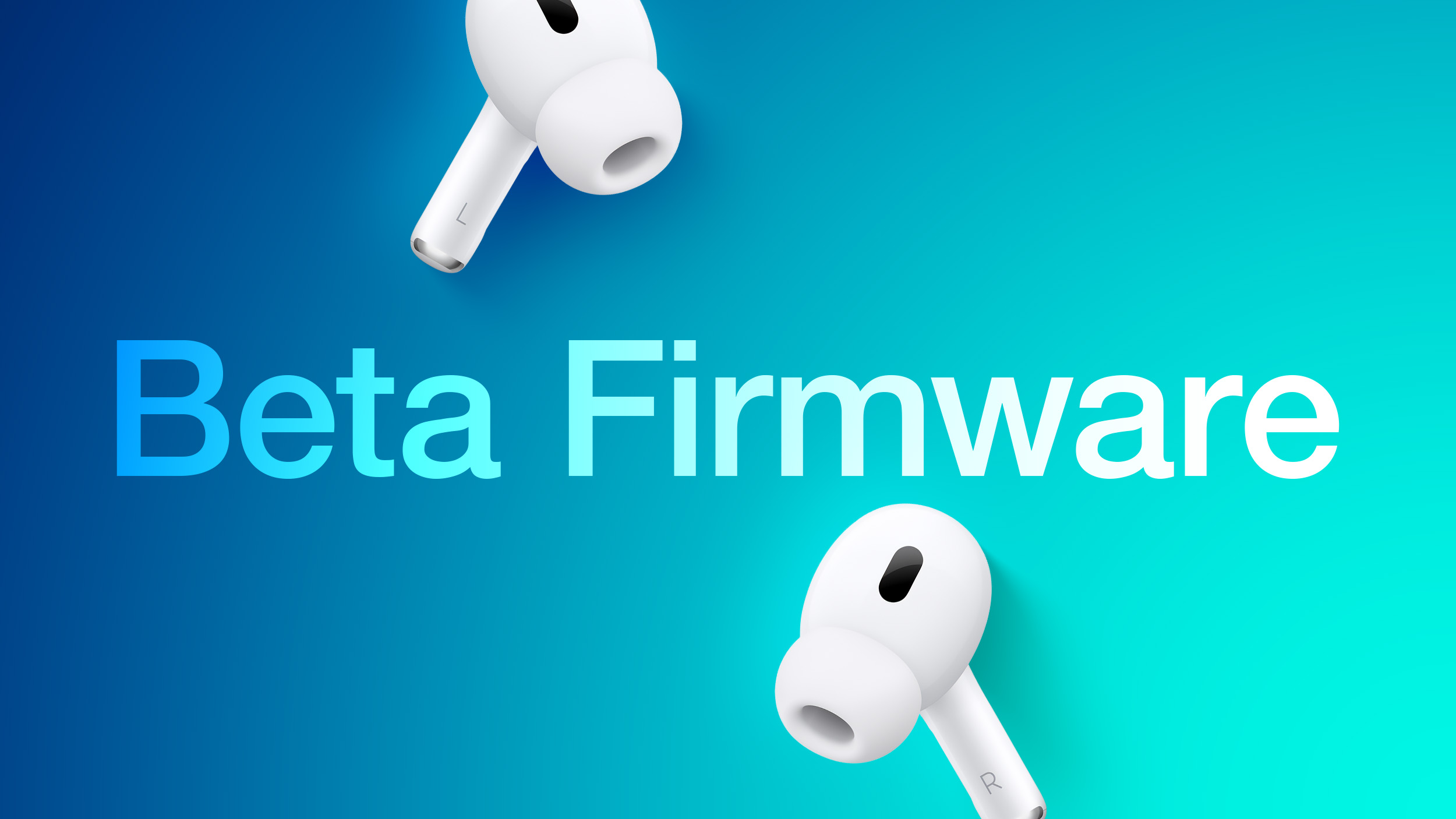Google Bard just got a whole lot smarter: here are 7 big upgrades
Google I/O 2023, the company’s annual developer conference, showcased some incredible technology – and to no one’s surprise, AI was at the forefront of the event. Google Bard, in particular, received some serious updates that should propel it forward from its mediocre launch and muted reception. What’s more, it’s now available to everyone.
Sissie Hsio, Vice President and General Manager for Google Assistant and Bard, announced several serious updates to Bard that will bring it in line with – and in some cases surpass – ChatGPT and Microsoft’s Bing AI Chat.
Here are the biggest of the many big upgrades coming to the chatbot soon.
1. Bard can now make AI images…
(Image credit: Future)
Perhaps the most exciting new change to Google Bard is the addition of AI image generation via Bard’s new integration with Adobe Firefly.
Users will be able to generate images using Bard in a way that mirrors the best AI art generators such as Midjourney or Dall-E, without leaving the chat. All you need to do is put in the prompt that fits your desired image, and Bard will generate multiple images to fit your description that you can edit and redesign.
2… and also search with images
(Image credit: Future)
Bard’s visual abilities don’t just enable it to create art, but also to use images for searches. For instance, it can take in images that you upload and provide descriptions of them, and answer prompts with images plucked from the web.
For example, you can now ask Bard about must-see sights in Paris and receive responses that include images as well as the usual text. You’ll get photos of the landmarks and destinations to give you a better idea of what you want to visit.
Bard can also do this in reverse, allowing you to utilise Google Lens to upload images into Bard and get Bard to respond with text. The example used during the event was a photo of two dogs, where the chatbot was asked to come up with fun captions for the photo. Bard can now ‘look’ at an image and come up with text responses that match the users’ needs.
3. Bard is now a coding genius
(Image credit: Google)
When it comes to logical reasoning and coding capabilities, Microsoft’s Bing AI has so far led the charge, however, the new Bard features showcased at Google I/O may see it overtake its rival on this front.
Google’s AI can now create functions in 20+ programming languages, and add comments so that code can be explained to collaborators, regardless of where they are.
What’s more, it will now cite where code comes from, linking back to Github, for example, so that you can click through to the original. Google’s AI can even help you improve your code, for instance serving up a personalized code review – a feature which could be great for student learners.
4. Bard has new export options
If there’s one feature the AI community has been crying out for, it’s a decent export feature – and Google has delivered big time.
Whereas on ChatGPT you have to copy and paste everything into a separate place and hope everything retains its natural flow, Google Bard will now have a dedicated ‘export’ button that will move Bard’s responses over to Gmail or Google Docs.
This incredibly useful feature means you can now generate long-form responses from Bard and export them directly into Docs seamlessly. So, if you’re brainstorming a novel, having Bard edit your work or using it to come up with detailed but easy-to-follow explanations, your work will be saved in a safe space.
Plus, if you happen to be working collaboratively you can dump your responses directly into an email, and keep the workflow smooth and succinct.
5. New map options
Bard can now work with Google Maps to show users locations, restaurants and attractions on a map to visualize where the places are. For example, if you’re looking to show someone where the Louvre is, and want to get an accurate sense of placing, you can now ask Bard to ‘show me this on a map’.
This takes planning with Bard to a whole new level, and again pushes the chatbot ahead of other AI-powered rivals. When you combine this with the image integration mentioned above, you could plan and solidify an entire trip out, from picking restaurants to finding your way there and scoping out the location of your hotel, all within a single chat.
6. No more waitlist
This change was timely, given that Bing just did away with its waitlist, but yes: Bard is now available to everyone.
That means anyone can try Bard, right now, simply by going to https://bard.google.com/. It’s available in “over 180 countries and territories”, with more apparently coming soon.
7. Dark mode!
A little honorable mention in terms of accessibility, Google Bard will now be able to operate in ‘Dark Mode’, which this journo is very happy about and will be switching to immediately. It’s much nicer on the eyes and takes the strain away when you’re sat at your desk all day staring at screens.
We’re incredibly excited to get our hands on the new and (hopefully) improved Google Bard, and to play with all the updates ourselves. Google may have taken its time getting up to speed in the AI race, but it now looks a genuine contender in the AI chatbot stakes.
We’ll be trying out all the new features very soon, so expect an update to our Google Bard vs Microsoft Bing AI head-to-head in the near future.







